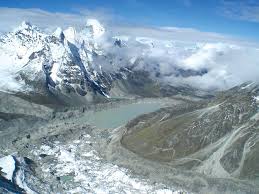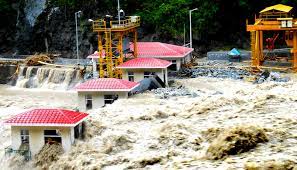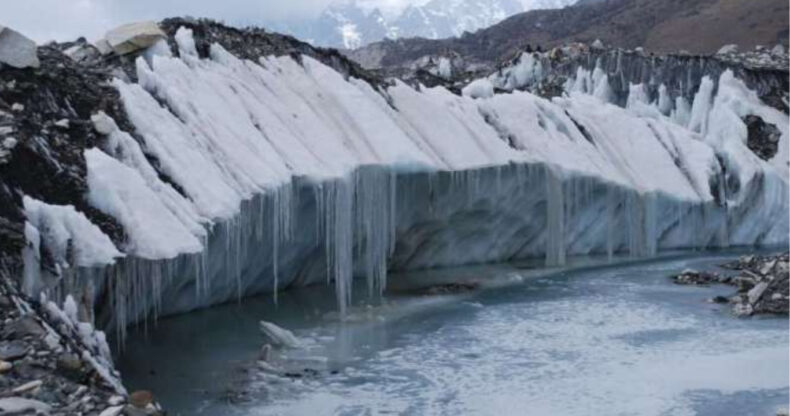The Himalayan Glaciers as well as other glaciers around the world might lose 80% of their existing magnitude, which will result in disastrous repercussions…
As the temperature continues to rise to record-breaking heights across the world, another report alerts people about the rapidly melting glaciers in Himalayan region. The Hindu Kush situated in the Himalayan region is posing a threat to the livelihood of around two-billion people due to its volant melting of glaciers.

image source: Unsplash
Scientists have already warned the world about the consequences of failing to stop this occurrence. As observed in the year 2011 to 2020, the glaciers all around the world, even in the coldest regions, have shown signs of defrosting. They have thawed at a rate of 65% faster as compared to the previous decade.
If this development continues, then by the end of this century, the Himalayan Glaciers as well as other glaciers around the world might lose 80% of their existing magnitude, which will result in disastrous repercussions, observed the International Centre for Integrated Mountain Development (ICIMOD) in their recent study.
ICIMOD commented on the Himalayan Mountains and said that these mountains supply 12 rivers with water which is a natural resource for 16 nations. This defrosting will result in reduced future flow of the rivers, affecting these nations greatly.
Defrosting of Himalayan Glaciers
The majority of the freshwater resource of the world is in the frozen part of the glaciers. If these glaciers melt at a rate faster than nature can handle, then it will have dire consequences on human civilization plus the natural flora and fauna of the world.
The global temperature has already gone up by 2.2 degrees Fahrenheit in 2020 as compared to pre-industrial times. Not only the Himalayan range but also the Arctic and the Antarctic region were hit badly, which are known as the coldest regions of Earth.
Natural disasters due to the Melting of the Hindu Kush Himalayan Glaciers
Several natural disasters are happening all around the world due to the current state of rising temperatures. Burning of fossil fuels on a large scale is resulting in a rise in temperatures that will make floods, fires, drought and other disasters more frequent and deadly.
There are risks of numerous disasters such as flash floods, and landslides. Glacial lake outburst due to the melting of the Himalayan glaciers.

Image Source: Indian Climate Dialogue.
200 glacier lakes situated across the Hindu Kush have already been declared dangerous. These disasters will affect human and animal lives and also the means of livelihood.
A researcher at ICIMOD, named Jacob Steiner said, “As ice retreats, the land where the ice used to be, becomes unstable and starts to move — the extra meltwater then has the potential to easily wash that land away, resulting in destructive mass flows.”
Glaciers are known to be temperature sensitive and reactive even with the slightest changes. Mountains close to these regions always support infrastructure that provide people with fresh drinking water and prevent floods but these structures might not be able to withstand the density of the floods if the disasters continue to become deadlier.
Can the disaster be prevented?
Nature has already been subjected to a huge amount of irreversible damage and it continues to worsen. The scientists at ICIMOD have said that to prevent even worse consequences, carbon emissions have to be controlled.
Road, air and water transportation contribute a huge amount of emissions annually in the atmosphere. Several Industries also contribute. Governments all over the world are already stepping up to transform their mode of road transportation greener by introducing electricity, green hydrogen etc. as a replacement for fossil fuels.
Public agencies need to step up to help people settle down and adapt to the already worsening situations and make sure that every citizen of the country contributes to the carbon neutrality drive.













